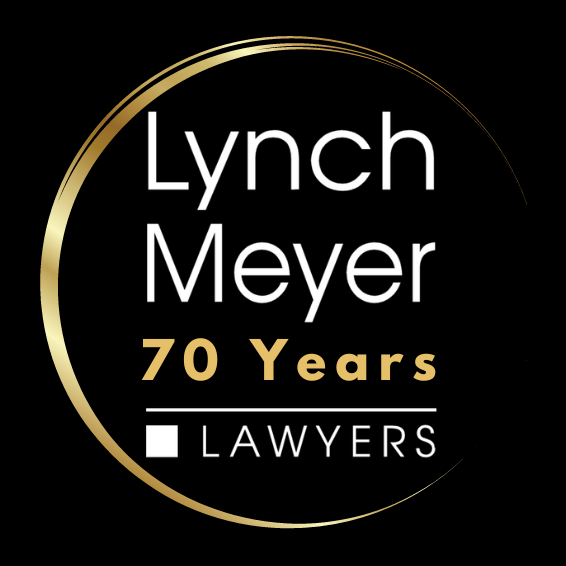Capital gains tax and the main residence exemption
Posted on November 20, 2024
The sale of your main residence is generally exempt from capital gains tax, making the family home a useful tool to help build significant wealth that is “tax free”, distinguishing it from an investment property or holiday home.
However, there are some complexities associated with the main residence exemption that are worth keeping in mind.
CGT
As a reminder, capital gains tax is tax required to be paid on profits from the sale of assets, including real estate. It applies to the sale of assets acquired after 20 September 1985. CGT is payable when a CGT event occurs (such as a sale or other disposal) and there is a capital gain. If a CGT event occurs and there is a capital loss, this loss can be carried forward to offset future capital gains, but it will not reduce assessable income (i.e. unlike a tax deduction).
Main residence exemption
Generally, for the main residence exemption to apply:
- you must be an Australian resident, and the dwelling must be your home;
- the dwelling must not have been used to produce income; and
- the dwelling must be on land of two hectares or less.
A dwelling is generally anything used wholly or mainly for residential accommodation and can include a unit in a retirement village or a caravan or houseboat.
You are not entitled to claim the main residence exemption for a vacant block at the time of sale (i.e. if you demolished your home prior to sale).
Moving into a new main residence
If you acquire a new home before you dispose of your old main residence, you can treat both as your main residence for a period of up to 6 months, if:
- you lived in your old main residence for a continuous period of more than three months in the 12 months before you moved into the new home;
- you did not use your old main residence to produce income; and
- the new home will be your main residence.
If you need more than 6 months to sell your old home, the main residence exemption applies to both homes only for the last 6 months before you sell your old home. You can choose which home will be treated as your main residence and the other will be subject to CGT for that period.
To continue to use a former home as your main residence
If you do not use your former home to produce income, then you can continue to treat it as your main residence for an unlimited period after you stop living in it.
If you use your former home to produce income (i.e. it is rented out), you can choose to treat it as your main residence for up to 6 years after you stop living in it.
However, you can only treat one property at a time as your main residence.
Building or renovating your home
You can treat a vacant block of land as your main residence for up to 4 years where you are going to build a dwelling on it that will become your main residence, provided you:
- have an ownership interest in the land;
- build, repair or renovate a dwelling on the land; and
- move into the dwelling as soon as practicable and continue to use it as your main residence for at least three months.
Home on more than two hectares of land
You can choose which two hectares of land your home is deemed to be on, and the rest is subject to CGT.
CGT for foreign residents
Foreign residents who sell property after 30 June 2020 will not have the benefit of the main residence exemption except in very limited circumstances, where certain serious “life events” have happened during the period of ownership.
Foreign Resident Capital Gains Withholding (FRCGW) arrangements apply to foreign resident vendors disposing of taxable property pursuant to contracts dated on or after 1 July 2017 where the market value is $750,000 or more. 12.5% of the purchase price must be withheld by the purchaser and remitted directly to the ATO at settlement.
The material in this article is for general information purposes only and does not constitute legal or professional advice by Lynch Meyer Lawyers.


